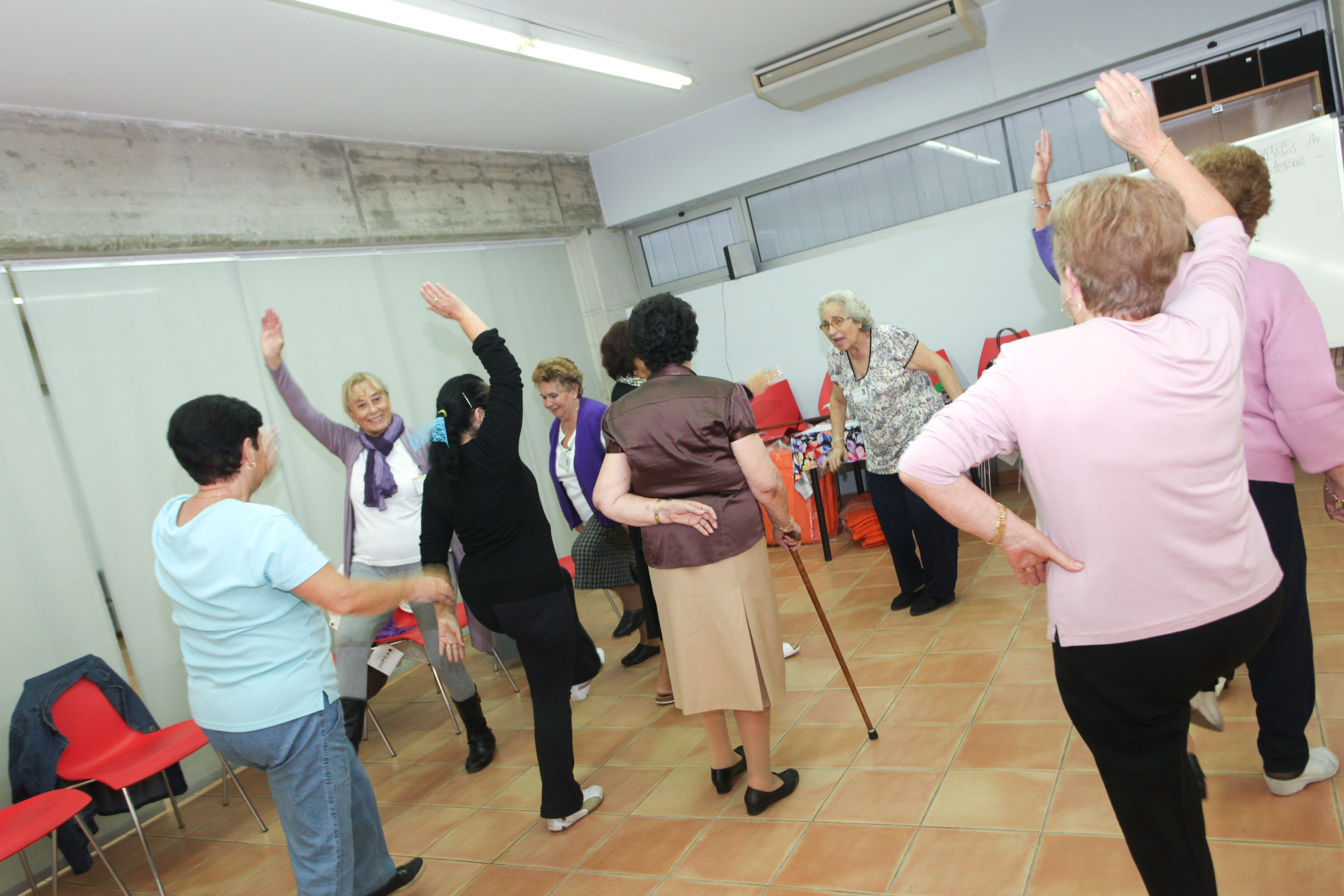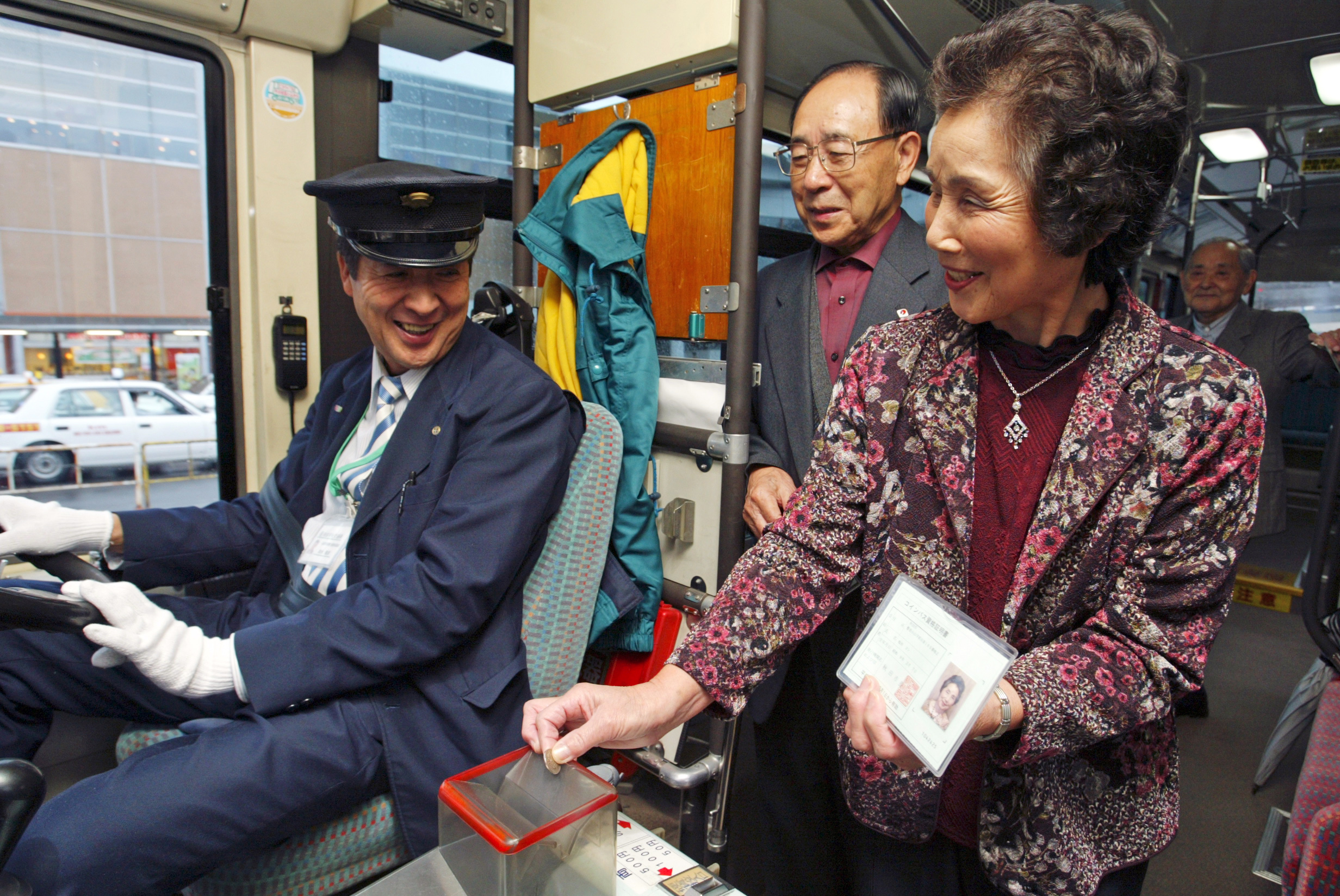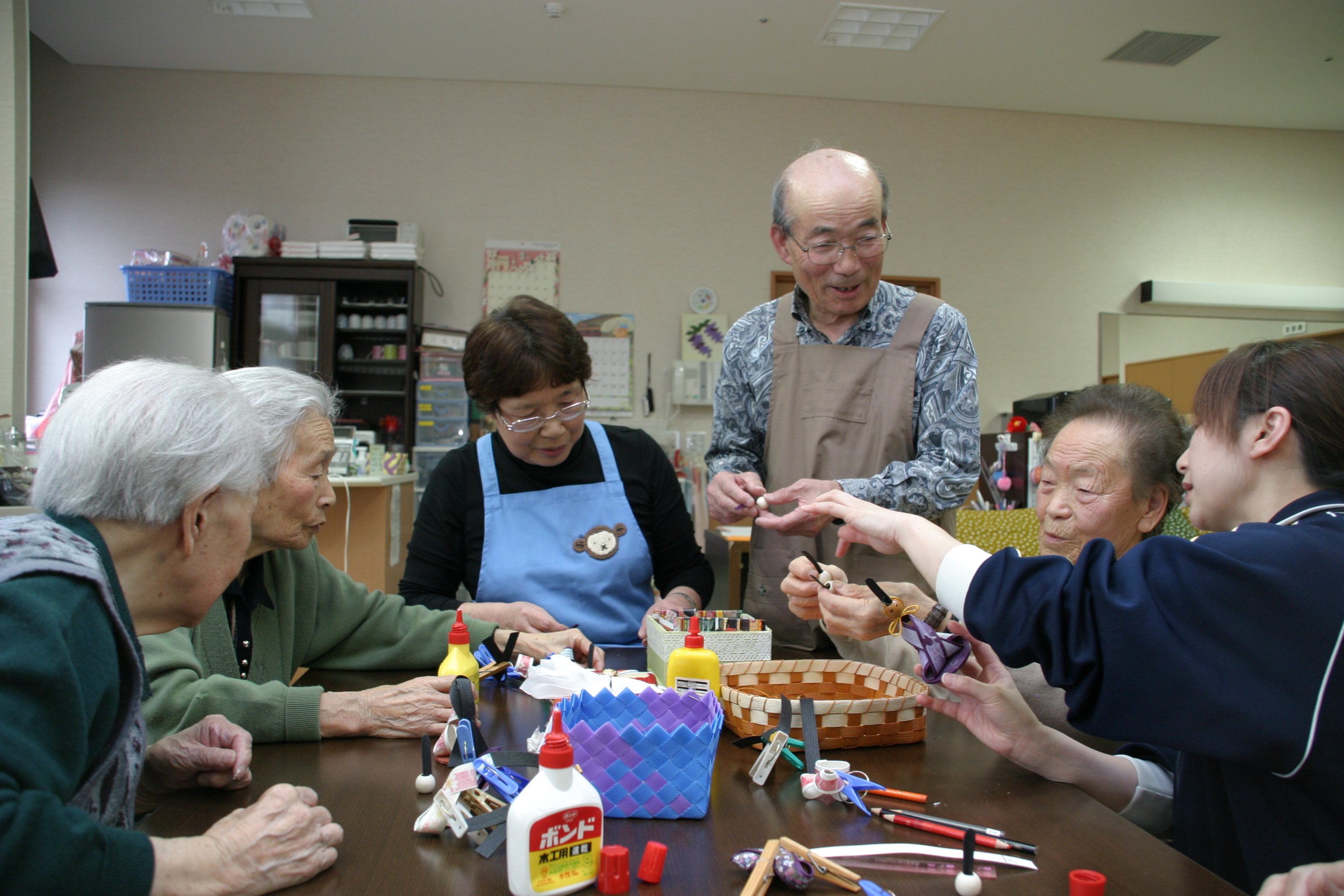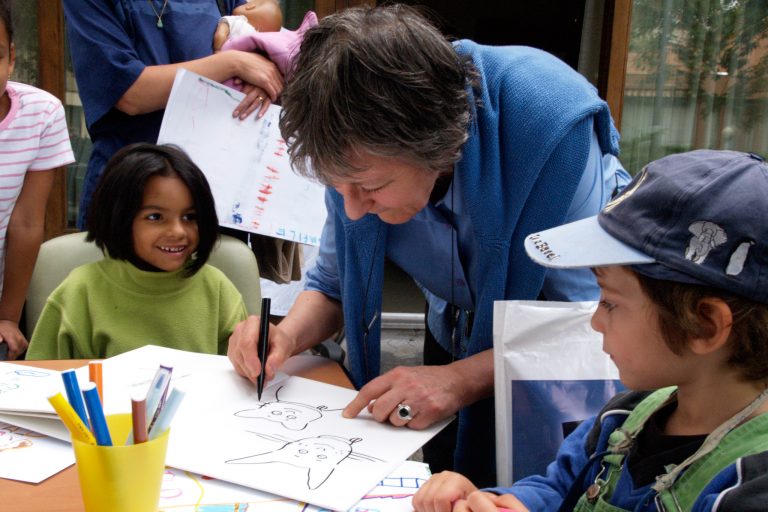The WHO Age-friendly Cities Framework
The WHO Age-friendly Cities framework developed in the Global Age-friendly Cities Guide proposes eight interconnected domains that can help to identify and address barriers to the well-being and participation of older people.
These domains overlap and interact with each other. For example, respect is reflected in the accessibility of public buildings and spaces and in the range of opportunities that the city offers to older people for social participation, entertainment, volunteering or employment.
The lack of affordable public transport for example isolates older people who no longer drive in their homes and make participation in community life difficult, increasing the risk of isolation and loneliness. When transport is available and adapted to the needs of seniors, both in terms of scheduling and destinations, it enhances mobility and facilitates social participation and a sense of belonging in one’s community.
It is equally important that older people continue to have a good reason to go out and participate. Cultural offers and entertainment that cater to the interests of older people, opportunities for volunteering or civic engagement contribute to a fulfilling and enjoyable older age.
8 interconnected domains of urban life
A short history of AFC
With Resolution A/RES/46/91, UN Member States adopted the The United Nations Principles for Older Persons, based on the International Plan of Action on Ageing, encouraging Governments to incorporate the principles of Independence, Participation, Care, Self-fulfilment and Dignity into their national programmes wherever possible. These principles are the foundation for the Age-friendly Cities approach.
Active Ageing: A Policy Framework was developed by the World Health Organization’s Ageing and Life Course Programme as a contribution to the Second United Nations World Assembly on Ageing, held in Madrid in April 2002.
The Policy Framework aimed to inform the discussion and formulation of action plans that promote healthy and active ageing, in light of the rapid growth of the global population over age 60, especially in developing countries. The suggestions for policy proposals highlighted in the Policy Framework were intended to guide the development of further, more specific actions at the regional, national and local levels. The Age-friendly cities concept is a local response to encouraging active ageing by optimizing opportunities for health, participation and security in order to enhance quality of life as people age.
The Madrid International Plan of Action on Ageing was adopted at the Second World Assembly on Ageing in April 2002 to address the global challenge of “building a society for all ages”. The plan focused on three priority areas: older persons and development; advancing health and well-being into old age; and ensuring enabling and supportive environments.
The WHO Global Age-friendly Cities Guide identified core characteristics of an age-friendly city in eight areas of urban life, based on focus groups with older people, caregivers and service providers in 33 cities in 22 countries around the world. The focus group sessions had highlighted older people’s concerns and daily issues they faced, leading to the development of age-friendly city checklists listed in the guide.
The eight areas of urban life the guide focused on are: outdoor spaces and buildings; transportation; housing; social participation; respect and social inclusion; civic participation and employment; communication and information; and community support and health services.
The WHO Global Network of Age-friendly Cities and Communities (GNAFCC) was established to bring together like-minded cities and communities committed to becoming more age-friendly, to facilitate the exchange of information, resources and best practices.
The 2nd International Conference on Age-Friendly Cities, held in Quebec City, Canada, from 9 to 11 September 2013, saw 700 participants from 46 countries come together to reflect, discuss population ageing issues and identify strategies to implement age-friendly cities around the world.
The conference sessions focused on four thematic tracks: age-friendly cities as social innovation; the role of various stakeholders; the interface between built and social environments; and an evaluation of age-friendly city initiatives.
The World report on ageing and health was released. It provides a new framework for understanding and fostering Healthy Ageing, built around the concept of functional ability. The Healthy Ageing framework replaces WHO’s previous Active Ageing Framework. Chapter 6 of the World Report outlines how this new approach builds on and complements the lasts decades work to develop age-friendly cities and communities.
The Sustainable Development Goals were adopted. They are an integrated, indivisible set of global priorities for sustainable development. Ageing is an issue that is relevant to 15 of the 17 SDG’s, in particular:
Goal 1. End poverty in all its forms everywhere - for all men and women;
Goal 2. End hunger, achieve food security and improved nutrition and promote sustainable agriculture including for older persons;
Goal 3. Ensure healthy lives and promote well-being for all at all ages through universal health coverage including financial risk protection;
Goal 5. Achieve gender equality and empower all women and girls;
Goal 10. Reduce inequality within and among countries, by promoting the social, political and economic inclusion of all, irrespective of age;
Goal 11. Make cities and human settlements inclusive, safe, resilient and sustainable by ensuing universal access to safe, inclusive and accessible green and public spaces including for older people.
Measuring the Age-friendliness of Cities: a guide to using core indicators is published. The guide provides concrete technical guidance on selecting and using core indicators to establish baselines, setting goals/targets, monitoring and evaluating Age-friendly City initiatives.
WHO’s 194 Member States adopts the first Global strategy and action plan on ageing and health (2016 – 2020) which provides a policy framework to ensure that the global response to population ageing is aligned with the Sustainable Development Goals. One of the five strategic objectives of the Global Strategy is on creating age-friendly environments.
New Urban Agenda, agreed at the Habitat III conference, outlines and provides a pathway for reinforcing the relationship between urbanization, ageing and sustainable development and hence age-friendly urban environments.
Development of the WHO Global network for age-friendly cities and communities is identified as one of WHO’s ten priorities on Healthy Ageing for 2017 - 2020.
The Network grew by 30% this year to over 500 members in 37 countries.









